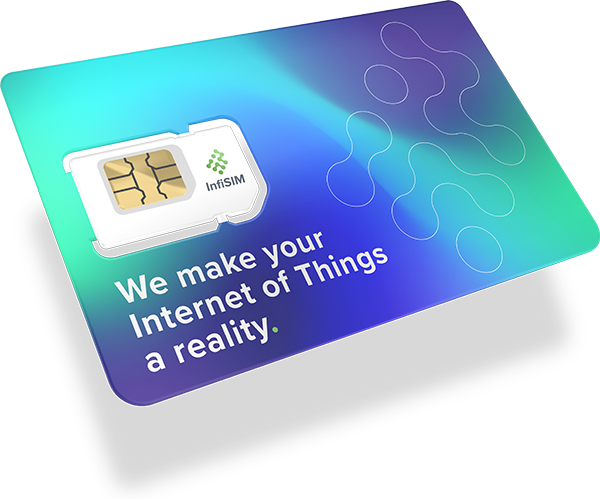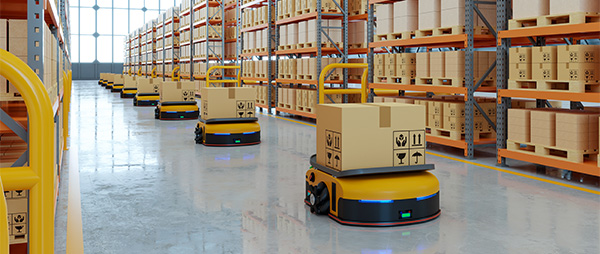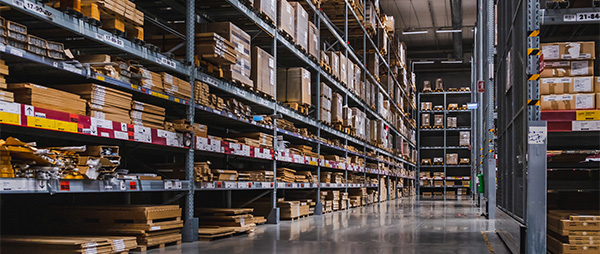Transforming warehouses to be safer and smarter with IoT.
IoT in warehouse management
Enhance efficiency & productivity within your warehouse
By deploying IoT technology, warehouses can optimise their operations, streamline their processes, and enhance their overall performance. IoT-based warehouse management systems can help you unlock new levels of efficiency and productivity.
InfiSIM provide reliable fixed IP SIM cards to small, medium and large businesses globally. Get in touch today for a free consultation.
How does IoT in warehouse management help?
IoT in warehouse management involves using interconnected devices and systems to collect, process, and analyse data. This can include various technologies, from sensors and RFID tags to advanced machine learning algorithms and data analytics platforms. These tools can monitor inventory levels, track goods in real-time, automate tasks, and more.
Benefits of IoT in warehouse management
Increased efficiency
IoT devices enable warehouses to gather and analyse data in real-time. This allows individuals and organisations to identify areas in which they may be operating inefficiently, prevent obstacles, and optimise their processes by improving warehouse productivity.
Inventory management
With IoT, warehouses can gain a more accurate and up-to-date understanding of inventory levels. RFID technology and sensors can be used to track goods throughout smart warehouses, helping to prevent stock-outs or overstocking.
Enhanced safety
IoT technology can be deployed to help maintain safe conditions in warehouses. This includes monitoring environmental conditions such as temperature or humidity levels, and identifying potential safety hazards, preventing accidents and protecting workers.
Better decision making
The Internet of Things (IoT) can significantly enhance decision-making by providing a vast amount of valuable data. This data allows warehouse managers to streamline operations, make precise predictions, and effectively prepare for future events.
How IoT creates smart warehouses
We supply IoT SIM cards to numerous supply chain management organisations. They create intelligent warehouses by implementing the following:
Examples of IoT in warehouse management
Challenges of implementing IoT in warehouse management
Whilst IoT has revolutionised warehouse management in many ways, there are some challenges to be aware of.
Although there are challenges, most businesses discover that the advantages of implementing IoT in warehouse management outweigh any disadvantages.
At InfiSIM, we understand these potential hurdles and have developed strategies to mitigate them effectively. Our team ensures careful planning and strategic implementation to provide seamless integration of IoT in your warehouse management smart devices. Our reliable network ensures your IoT devices stay connected and function optimally, minimising disruptions to your operations.
Reduce overheads & increase customer satisfaction with IoT
The implementation of IoT in warehouse management is transforming the industry, creating more efficient, safer, and smarter warehouses.
IoT-enabled warehouse management systems are designed to maximise warehouse efficiency and productivity, enabling real-time tracking of inventory, environmental monitoring, equipment health assessment, and energy optimisation.
The transformative potential of IoT extends beyond automation, opening up opportunities for strategic decision-making based on actionable insights derived from data.
Frequently asked questions (FAQs)
Why use InfiSIM for your IoT SIMs?
InfiSIM are one of the most reputable IoT SIM card providers with hundreds of thousands of SIMs deployed globally. We have UK-based support and fantastic reviews, so you can be sure that your business is in safe hands.







